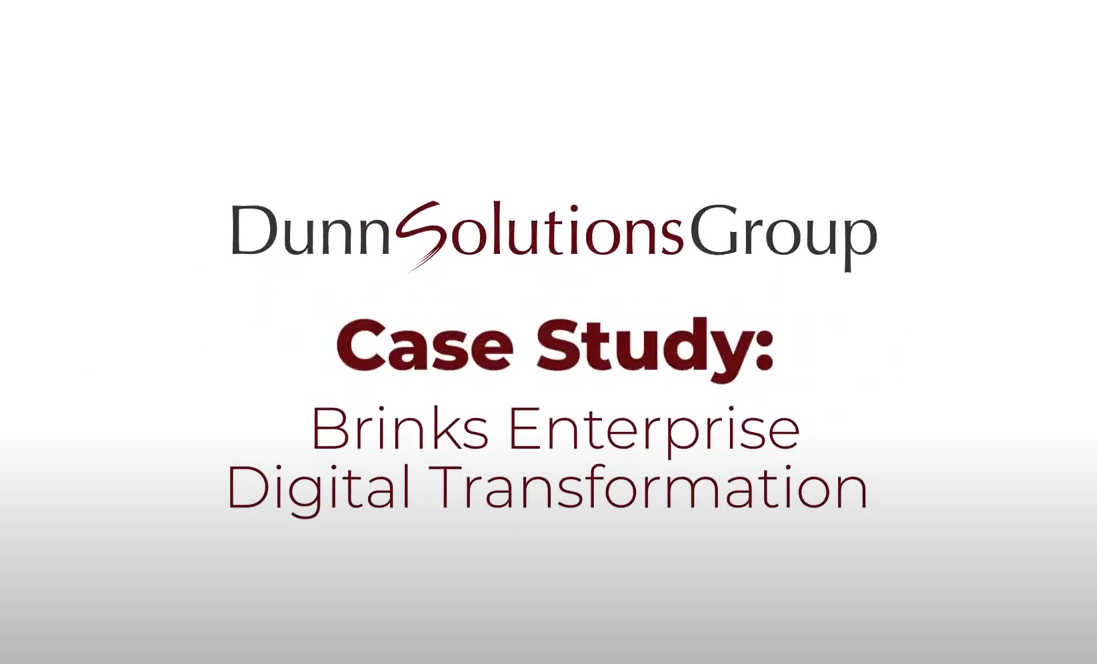Students will learn,
AZ-104: Prerequisites for Azure administrators
AZ-104: Manage identities and governance in Azure
AZ-104: Configure and manage virtual networks for Azure administrators
AZ-104: Implement and manage storage in Azure
AZ-104: Deploy and manage Azure compute resources
AZ-104: Monitor and back up Azure resources
This course is for Azure Administrators. The Azure Administrator implements, manages, and monitors identity, governance, storage, compute, and virtual networks in a cloud environment. The Azure Administrator will provision, size, monitor, and adjust resources as appropriate. Successful Azure Administrators start this role with experience in virtualization, networking, identity, and storage.
Understanding of on-premises virtualization technologies, including: VMs, virtual networking, and virtual hard disks.
Understanding of network configurations, including TCP/IP, Domain Name System (DNS), virtual private networks (VPNs), firewalls, and encryption technologies.
Understanding of Active Directory concepts, including users, groups, and role-based access control.
Understanding of resilience and disaster recovery, including backup and restore operations.
- Module 1: AZ-104: Prerequisites for Azure administrators
- Introduction to Azure Cloud Shell
- Introduction to Bash
- Introduction to PowerShell
- Module 2: AZ-104: Manage identities and governance in Azure
- Understand Microsoft Entra ID
- Configure user and group accounts
- Configure subscriptions
- Configure Azure Policy
- Manage users and groups in Microsoft Entra ID
- Secure your Azure resources with Azure role-based access control (Azure RBAC)
- Allow users to reset their password with Microsoft Entra self-service password reset
- Module 3: AZ-104: Configure and manage virtual networks for Azure administrators
- Configure virtual networks
- Configure network security groups
- Configure Azure Virtual Network peering
- Configure Azure Load Balancer
- Configure Azure Application Gateway
- Design an IP addressing schema for your Azure deployment
- Distribute your services across Azure virtual networks and integrate them by using virtual network peering
- Host your domain on Azure DNS
- Manage and control traffic flow in your Azure deployment with routes
- Improve application scalability and resiliency by using Azure Load Balancer
- Module 4: AZ-104: Implement and manage storage in Azure
- Configure storage accounts
- Configure Azure Blob Storage
- Configure Azure Storage security
- Configure Azure Files and Azure File Sync
- Create an Azure Storage account
- Upload, download, and manage data with Azure Storage Explorer
- Module 5: AZ-104: Deploy and manage Azure compute resources
- Configure virtual machines
- Configure virtual machine availability
- Configure Azure App Service plans
- Configure Azure App Service
- Configure Azure Container Instances
- Manage virtual machines with the Azure CLI
- Create a Windows virtual machine in Azure
- Host a web application with Azure App Service
- Module 6: AZ-104: Monitor and back up Azure resources
- Configure virtual machine backups
- Configure Azure Monitor
- Configure Log Analytics
- Configure Network Watcher
- Improve incident response with Azure Monitor alerts
- Analyze your Azure infrastructure by using Azure Monitor logs
- Monitor your Azure virtual machines with Azure Monitor
Course notes and announcements:
Exclusive - The Azure Administrator implements, manages, and monitors identity, governance, storage, compute, and virtual networks in a cloud environment.
This course teaches IT Professionals how to manage their Azure subscriptions, secure identities, administer the infrastructure, configure virtual networking, connect Azure and on-premises sites, manage network traffic, implement storage solutions, create and scale virtual machines, implement web apps and containers, back up and share data, and monitor your solution.
RELATED CERTIFICATIONS:
Microsoft Certified: Azure Administrator Associate
Follow on Courses:
None
Training Exclusives
This course comes with 12 months access to the following benefits:
Practice Labs
Indexed Class Recordings
Unlimited Course Retakes
Digital courseware
* Terms and conditions may apply.
Virtual Live:
Get engaging and impactful live, instructor-led training, regardless of your location.
Our Virtual Classroom Live online training format combines premium skills development technologies and our industry-leading instructors, content, exercises and peer collaboration to ensure that you get the highest quality professional development experience possible. Gain the skills and expertise that matter from the convenience of your home, work or wherever you have an Internet connection.
Engage with your instructor and fellow students via a learning platform and course material designed to ensure a stimulating and productive skills development experience.
Choose from sessions across a variety of time zones for training options that suit your schedule. Save time, money and effort without sacrificing learning quality by accessing our expert-led online training from the convenience of your home, office or anywhere with an Internet connection.
Attend from your PC, Mac or any iOS/Android tablet or smartphone. Connect with the class through your device audio or via toll-free phone number†, depending on available technologies and your interaction preferences.
Not finding any suitable dates? Contact us for additional available dates: education@kaartech.com



